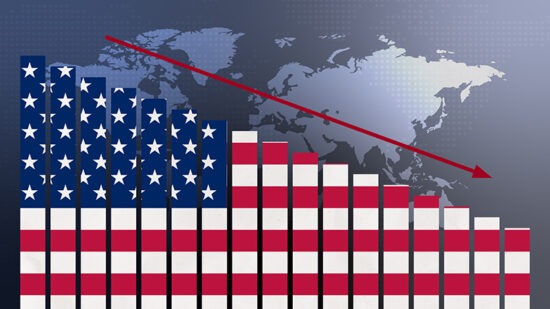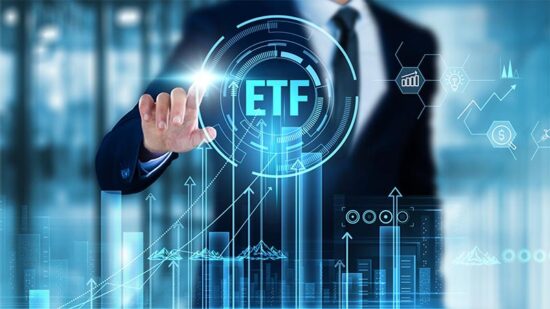North Korea has launched eight ballistic missiles since April 2017, including two intercontinental ones in July, which experts estimate could potentially reach the US.
Heated rhetoric from US president Donald Trump and equally bellicoise statements from North Korea made headlines but failed to roil global markets.
“There has been a mild risk-off sentiment in the markets – surprisingly small though,” Dave Lafferty, global chief strategist at Natixis Global Asset Management, told our sister publication Fund Selector Asia in an email.
“Gold is up modestly, the VIX [volatility index] had two mini-spikes, and US Treasuries are up a bit, but so far there has been no significant flight to quality.”
Gold effect
The price of gold has reached the $1,320 (£1,023, €1,111) level for the first time since November 2016. Tensions around North Korea may have contributed to it, but their effect is difficult to disentangle from other factors boosting the price of gold, such as the uncertainty over US interest rate policy and the looming debt ceiling, noted Jameel Ahmad, vice president of market research at FXTM, in a market report published on 30 August.
Volatility in world markets has not been significant, suggesting that investors agree with analysts that the threat is unlikely to become a miliary conflict.
World stock prices were approximately flat in August, after growing relatively steady since January 2016. Lafferty attributed the markets’ resilience to the narrative of a strengthening global economy.
“Until the economic outlook turns negative, investors seem to believe that geopolitical risk is temporary,” he added.
Korea unphased
Despite the North Korea flare up, the impeachment of the South Korean president due to a corruption scandal in March and this month’s jailing of the vice chairman of Samsung, which is a widely-held investment, the Korean market has been remarkably resilient.
Korea’s market is up 29.7% year-to-date, beating the the MSCI World (13.9%) and the S&P 500 (11.93%).
While the MSCI Korea index has shown some volatility, its Japan equivalent has been steadier.
South Korea versus key indices

Data: FE. Year-to-31 August. Indices in US dollars.
Portfolio positioning
“Because of China’s involvement, there are no winners if the situation in North Korea deteriorates,” noted Lafferty. Even without an outright military conflict, any diplomatic missteps by the US may have negative results on trade relationships between the US and China.
“No country would be spared that fall-out,” he added.
“[An outright conflict] would likely trigger a true flight to quality that the markets haven’t seen since 2008,” Lafferty remarked. Nevertheless, “it is difficult to build a portfolio strategy around extreme, but low probability events, especially geopolitical ones”, he added.
Betting on a sell-off could be a costly strategy as the global economy chugs along and stock prices continue to rise. “Instead of trying to guess the end-game for North Korea, fund managers should seek lower volatility and lower-cost ways to hedge their tail risk,” Lafferty advised.
The best tactics are out-of-the-money options, investing in higher credit quality in bond funds and ensuring liquidity in case of overreaction.
“Managers should seek ways to participate in the global economy’s upward momentum, but in a more conservative way,” Lafferty concluded.








